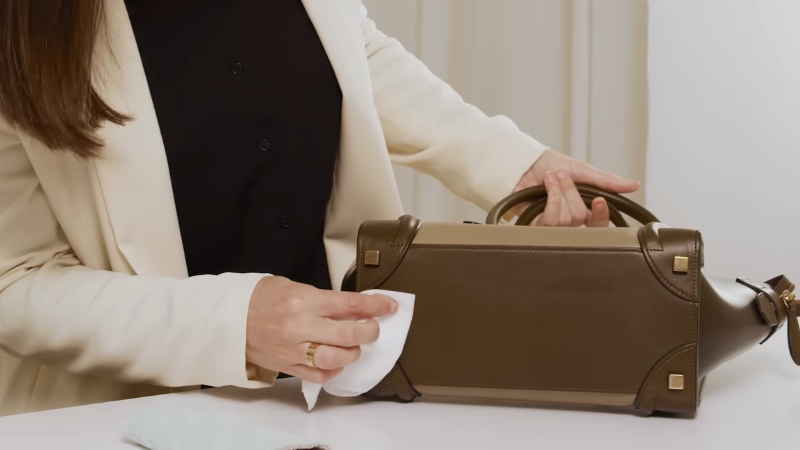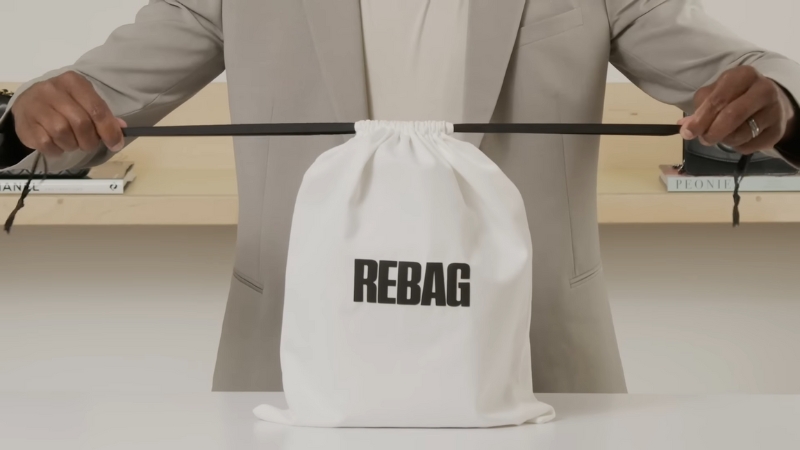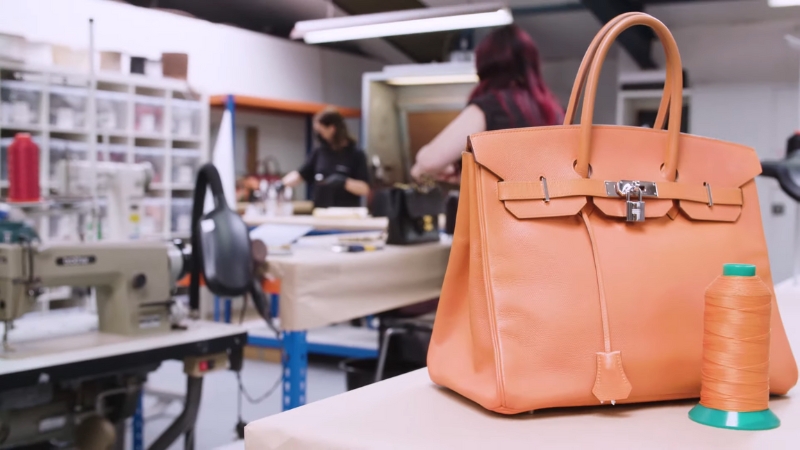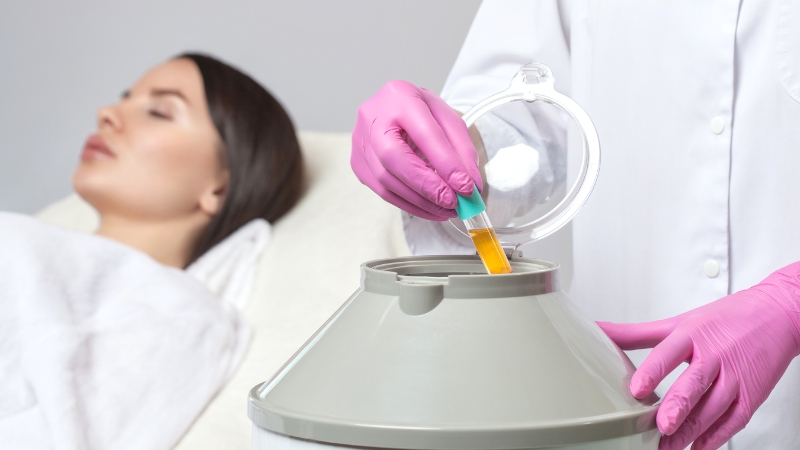
Share Post:
Some bags stick with you for years, not just because they carry your essentials, but because they carry stories. Maybe it’s your first designer tote, a thrifted gem, or just the perfect weekend carryall.
But over time, even the best-loved bags start to show wear. Corners scuff. Colors fade. Straps loosen. The good news? You don’t need a new bag. You just need the right tricks to bring yours back to life.
Below is a complete, practical guide on how to clean, repair, reshape, and revamp your favorite bag, whether it’s leather, suede, fabric, or something in between.
Table of Contents
ToggleCleaning and Conditioning

Before trying to fix or refresh anything, you’ve got to clean the bag properly. Sounds simple, but skipping this step can make stains set deeper or cause damage later on.
Leather Bags
Leather’s tough, but it dries out if ignored too long.
- Dust it down: Use a soft, dry cloth first. Get into the seams, handles, and corners.
- Clean gently: Mix equal parts water and white vinegar. Use a clean cloth to apply the mixture in soft, circular motions. Don’t soak it, just dampen.
- Let it dry: Air-dry it in a shaded spot at room temperature.
- Condition: Use a leather cream like Von Baer’s Premium Leather Cream. Rub it in lightly, let it sit 5–10 minutes, then buff off the excess. It’ll keep the leather hydrated and help prevent cracks.
Suede and Nubuck
This material needs a much lighter touch.
- Brush carefully: A suede brush or even a soft toothbrush works. Gently bring the nap (that fuzzy texture) back up.
- Spot-clean stains: A white eraser can help with dry marks. For oily or tough stains, dab with a white vinegar-dampened cloth; don’t rub. Let it air dry fully.
- Protect it: Use a suede spray afterward to help block future stains.
Fabric Bags
Fabric’s easier to manage, but don’t get careless.
- Spot clean only: Mix mild soap with lukewarm water. Use a sponge or soft cloth. Never soak the whole thing.
- Test everything: Try any solution on a hidden patch first.
- Let it dry completely: Mold and mildew are no joke.
Cleaning Table
Material
Cleaning Method
Conditioning/Protection
Frequency
Leather
Water + vinegar, soft cloth
Leather cream or conditioner
Monthly
Suede/Nubuck
Suede brush, white eraser or vinegar
Suede protection spray
As needed
Fabric
Mild soap + water, sponge
Fabric-safe spray
Monthly
Repairing Common Issues
View this post on Instagram
A post shared by Bar | Handbag Repair & Restoration Artisan (@purseparlour)
Sometimes the problem isn’t dirt, it’s wear and tear. Luckily, small repairs are easier than most people think.
Scratches and Scuffs
- Leather: First, clean the area with a water-vinegar mix. Then apply a touch-up pen or leather dye in a matching shade. Always test first. Let it dry, then condition.
- Suede/Nubuck: Gently buff with a suede brush. Don’t apply liquids; they’ll make it worse.
Small Tears
A quick fix? Clear nail polish on the tear edges. Or cover small tears with creative add-ons like embroidered patches that look intentional.
It works best for leather or fabric and helps prevent further fraying. It’s not perfect, but it’s better than letting it get worse.
Faded Colors
- Leather: Use a leather recoloring balm or agent. Go slow, follow the instructions, and apply in light layers.
- Fabric: For solid colors, use fabric dye. Always test the result on a hidden area first.
Broken Hardware
Missing clasp? Sticky zipper? You can often order matching parts online from craft shops or directly from the brand.
- Replace zippers or clasps carefully, or bring it to a local tailor if the fix is tricky.
- Make sure any new hardware matches the tone and size of the original.
Stain Removal Quick Guide
Issue
Material
DIY Fix
Notes
Scratches
Leather
Water + vinegar, touch-up pen
Test dye first
Tears
Leather/Fabric
Clear nail polish
Temporary fix
Faded Color
Leather
Recoloring balm
Follow product directions
Ink Stains
Leather
Rubbing alcohol or vinegar
Use sparingly
Grease
Leather
Dry blot + saddle soap or vinegar
Act fast
Broken Parts
All
Replace hardware
Professional help if unsure
If your bag’s expensive or sentimental, it’s worth asking a professional repair service before doing anything irreversible.
Restoring Shape
Sometimes bags don’t break, they just get…tired. Especially structured bags that have been overstuffed, sat squished in closets, or taken on one too many trips.
Here’s how to bring back the shape:
1. Condition the Leather (If Applicable)
This makes the material more flexible. Use a leather conditioner, apply it in gentle circles, let it air dry, then buff it lightly.
2. Stuff the Bag
What to use:
- Acid-free tissue paper (not newspaper, ink stains)
- Bubble wrap
- A dedicated handbag pillow or shaper
- Cardboard or thin plastic for structure (for the base)
Stuff it firmly, but don’t force it. You’re reshaping, not expanding it.
3. Store in a Warm, Dry Place
Warmth helps leather mold to its stuffed shape. Just avoid sunlight, as it can fade or dry the material. Leave the bag for a few days or even a week, checking periodically.
4. Keep It That Way
Once the shape is back, don’t let it collapse again. Always store the bag stuffed and upright (not hanging by the straps).
Long-Term Storage

Use a Dust Bag
Always. If the bag didn’t come with one, a cotton pillowcase works fine. It protects from light, dust, and scratches.
Keep It Stuffed
You want to prevent the dreaded sag. Use tissue paper or a handbag pillow every time it’s stored.
Cool, Dry Spot Only
Avoid attics, basements, or anywhere humid. Humidity causes mildew. Sunlight causes fading and cracking. A closet shelf is usually the safest bet.
Use Sprays When Needed
- Suede/Fabric: Apply a protective spray every few months.
- Leather: Use a UV-protective leather spray if it’s exposed to sunlight often.
Storage Tip
Purpose
Frequency
Dust Bag
Dust, moisture protection
Always
Bag Stuffing
Shape maintenance
Every storage
Cool/Dry Location
Prevent mold and fading
Always
Protective Spray
Shield against stains/sunlight
Every 3 months
Creative Ways to Make It Look Brand New
@romy Let’s custom my bag ☆゚.*・。゚#custom #bag #miumiu #fashiontiktok #kawaii #asmr ♬ son original – ROMY
Sometimes a bag’s structure is fine, but it feels outdated or plain. That’s when a little creativity can go a long way.
Add Accessories
- Clip on a bag charm or leather tassel.
- Sew on patches or crystal studs for some edge.
- Glue on faux fur or statement appliqués. Just use fabric-appropriate glue.
Swap the Strap
Straps get worn out first. Replace it with:
- A colorful fabric strap for casual use
- A sleek leather strap for formal looks
- A chain strap for evening wear
It’s a simple swap that can completely change the vibe.
Paint or Dye It
- For leather: Use specialty leather paint. Add a design or just freshen the color.
- For fabric: Use fabric paint or dye. Hand-painting a tote with a modern pattern? Totally doable.
Upcycle with New Fabric
- Stitch in a new lining if the old one’s stained or ripped.
- Add outer fabric panels or fringe to give it a seasonal update.
Steam for a Polished Look
A handheld steamer or careful use of a steam iron (with a towel barrier) can help crisp up seams or fix wrinkles on fabric bags. Don’t try this on leather.
When It’s Time to Call a Pro

DIY methods are great for everyday bags or light damage. But sometimes it’s smarter (and safer) to go to the experts.
Signs You Should Get Help
- Deep or large tears
- Broken stitching or torn straps
- Mold or serious discoloration
- Luxury bag maintenance (Chanel, Louis Vuitton, etc.)
High-end bags should always be professionally cleaned and repaired. It keeps their resale value intact and ensures no one uses the wrong material or glue.
Final Thoughts
Bags can carry your daily life. Keeping them looking good doesn’t have to be complicated. A regular cleaning routine, a few quick fixes, and a little creative flair can go a long way.
Much like how changing your appearance can mark a new beginning, refreshing your favorite bag can bring new energy to your everyday style.
So before tossing out that tired tote or letting your once-favorite purse collect dust in a closet, give it another shot. With just a bit of effort, you can keep your bag fresh, functional, and totally you for years to come.
Related Posts:
- Look Fabulous Forever: Joy Roberts on the make-up…
- How Changing Your Appearance Can Mark a New…
- Is Cantu Making Your Hair Fall Out? An In-Depth Look
- How Long Will Your Pink Hair Dye Last? Tips to Make It Stay
- Ted Baker make-up review: Or why first impressions…
- Unleash Your Inner Queen After 50: Crazy-Cool…









